

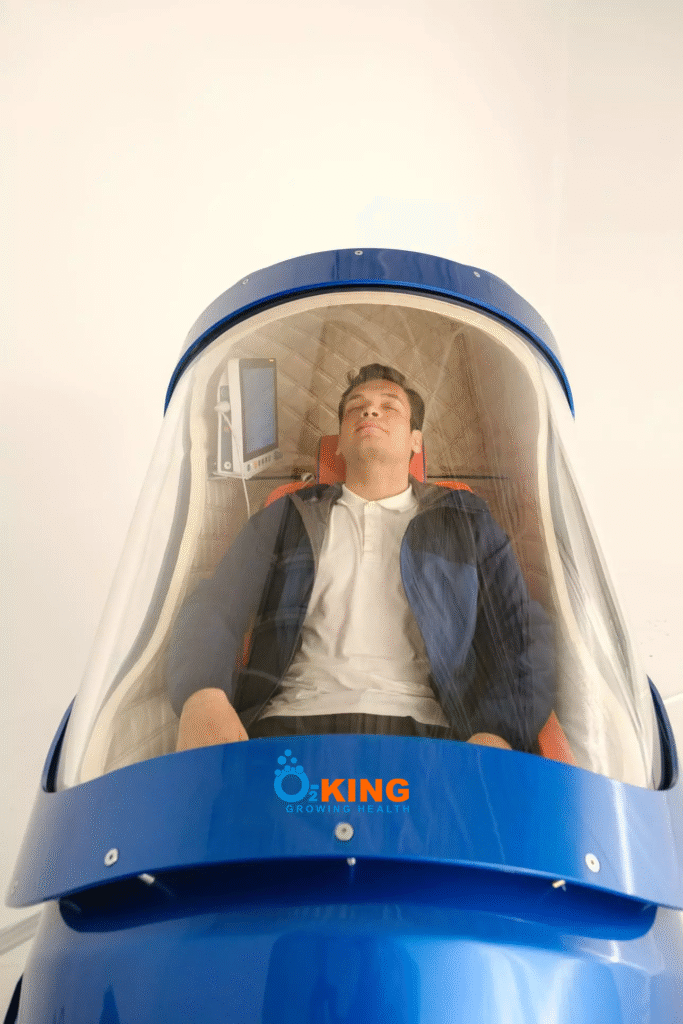
System components
Hypobaric Chamber – 1 Seat
The hypobaric chamber, often referred to as an altitude chamber, is a specialized facility designed to replicate high-altitude environments. By reducing air pressure within a controlled setting, it can simulate elevations of up to 8,000 meters (0.356 ATM).
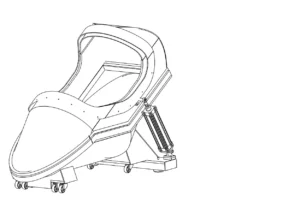
Turbo Venturi System – 1 Unit
The Turbo Venturi system is an equipment that turns compressed air into negative air. The device converts the compressor’s positive pressure into negative pressure (vacuum).

Patient Monitoring System – 1 unit
Activate endurance mode.
Imagine you’re on a mountain expedition, pushing toward the summit of Everest at 8,849 meters. The climb is relentless, and every breath becomes more valuable as the air thins with altitude.
With every 1,000-meter gain, oxygen levels drop further, leading to hypoxia—a state of oxygen deprivation. In response, your body shifts into endurance mode, triggering survival mechanisms that enhance strength, resilience, and overall capability
Betweeen 1000-2000 meters
As you ascend beyond 1,000 meters, the atmospheric pressure drops, causing a decrease in the partial pressure of oxygen (PO₂). In response, the body compensates by hyperventilating and increasing heart rate. This mild state of hypoxia initiates physiological adaptations that improve the body’s efficiency in utilizing oxygen.
Over 2000 meters
At 2,000 meters, the decline in oxygen pressure becomes more pronounced. In response, the kidneys release erythropoietin (EPO), which signals the bone marrow to produce additional red blood cells, improving oxygen delivery to the muscles. Hypoxic training gradually pushes the body to operate under low-oxygen conditions, driving adaptations that significantly boost aerobic capacity.
Between 3000-4000 meters
At 3,000 meters, the body begins to adapt more significantly to hypoxia, with both the muscles and cardiovascular system adjusting to enhance oxygen delivery and utilization. The pronounced oxygen deficit at this altitude places greater stress on physical performance, pushing the body to develop greater efficiency and resilience.
Over 4000 meters
At 4,000 meters, the body increasingly relies on anaerobic metabolism, such as glycolysis, to generate energy and cope with the reduced oxygen supply. This shift helps improve altitude tolerance and supports survival, but it also leads to lactic acid accumulation—resulting in fatigue, muscle soreness, and a sense of exhaustion, even during rest.
Between 5000-6000 meters
At 5,000 meters, oxygen levels drop to critically low levels, pushing the body into a state of severe hypoxia. Physical exertion becomes extremely challenging as oxygen scarcity intensifies, triggering the body’s survival mechanisms to maintain essential functions.
Over 6000 meters
At 6,000 meters, exercise performance drops sharply, making every movement feel like an effort. Coordination, reflexes, and fine motor skills deteriorate, while the lack of oxygen begins to impair memory, focus, and decision-making. Symptoms of Acute Mountain Sickness (AMS) often appear, including headache, nausea, and dizziness.
Between 7000-8000 meters
Above 7,000 meters, oxygen levels approach life-threatening lows without prior hypoxia training. The body enters full survival mode—severe fatigue sets in, cognitive function deteriorates, and Acute Mountain Sickness (AMS) becomes intense. Both body and mind are pushed to their absolute limits. At this point, survival is all that matters. Only a rare few find the strength to push forward. What lies beyond is the Apex—the final and greatest challenge.
Train like you’re on top of the world
Hypoxia tolerance training in the hypobaric chamber offers several benefits for the body during and after sessions.
Increased production of red blood cells
When the body experiences hypoxia—insufficient oxygen—it responds by releasing erythropoietin (EPO), a hormone that signals the bone marrow to produce more red blood cells
. These cells transport oxygen more efficiently throughout the body, increasing its oxygen-carrying capacity. As a result, endurance and overall physical performance are significantly enhanced during exercise.
Improved oxygen utilization
When oxygen availability decreases, the body adapts by becoming more efficient at utilizing what it has. Muscles learn to extract more oxygen from the blood, even under low-oxygen conditions. This enhanced efficiency helps sustain physical performance for longer periods, even in demanding environments.
Enhanced mitochondrial function
Mitochondria, the energy-producing centers of our cells, generate ATP through cellular respiration. Hypoxia training places stress on these mitochondria, prompting them to adapt and operate more efficiently. This adaptation leads to increased ATP production during physical activity, enabling the body to perform at higher intensities for extended periods
Altitude acclimatization
Hypoxia training offers a safe, controlled environment to simulate low-oxygen conditions similar to those at high altitudes. It allows athletes, mountaineers, and aerospace professionals to gradually acclimate their bodies. By experiencing and identifying their individual symptoms in a monitored setting, they gain valuable awareness and preparation for real-world low-oxygen challenges.
Vasodilation and blood flow regulation
Aerobic adaptations
In hypoxia training, the body adapts by shifting its metabolism toward aerobic energy production, increasing its reliance on fat as a fuel source. This shift is especially advantageous for endurance athletes, as it helps conserve glycogen—the body’s primary and quickly accessible energy reserve during physical activity.
Post-session effects
Cognitive benefits
Although research is still evolving, some studies indicate that hypoxic training may boost brain plasticity, potentially enhancing memory and cognitive function. Conditioning the brain to operate under stressful, low-oxygen conditions can also strengthen mental resilience. As a result, cognitive testing is often integrated into hypobaric chamber training protocols.

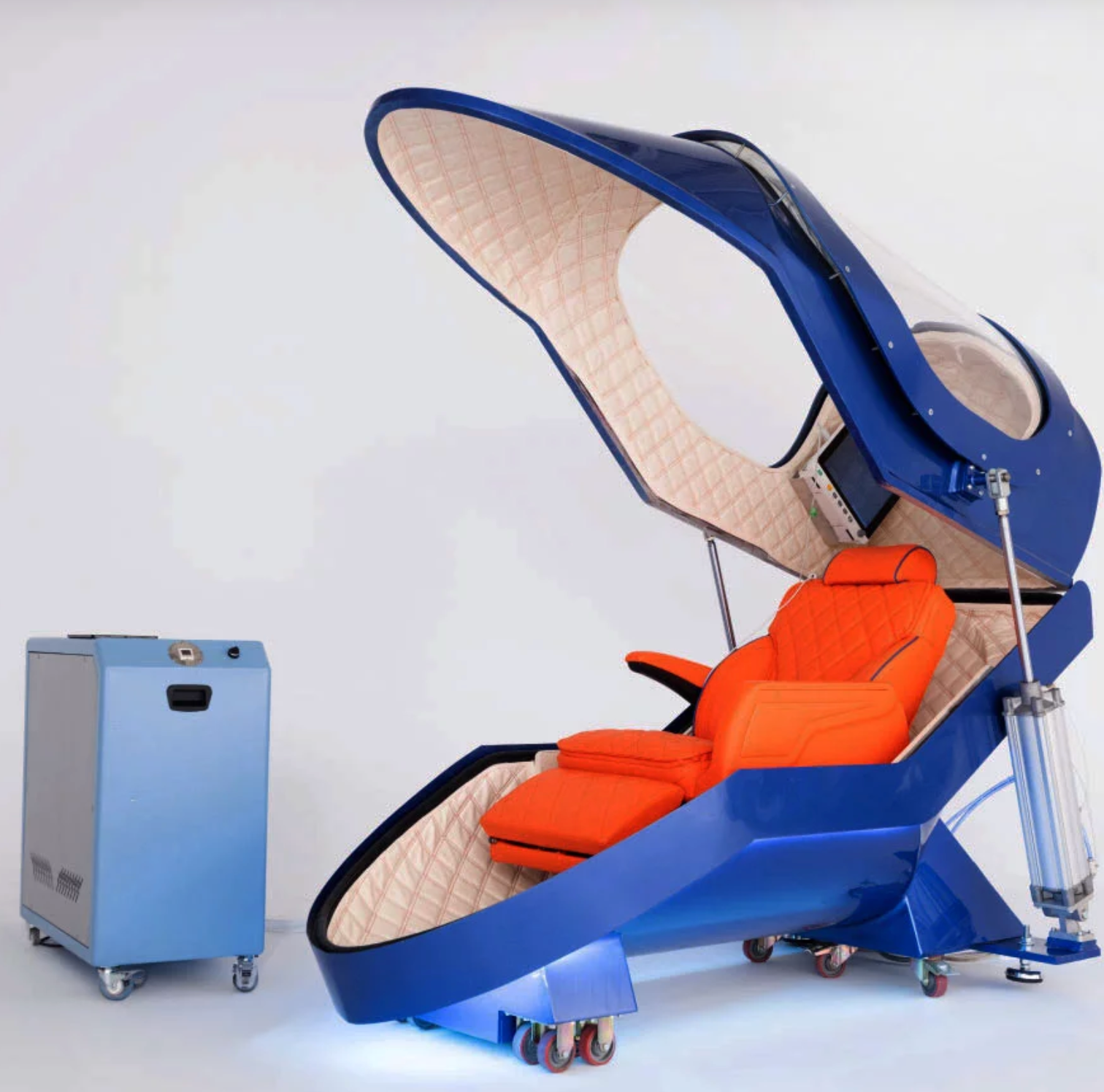

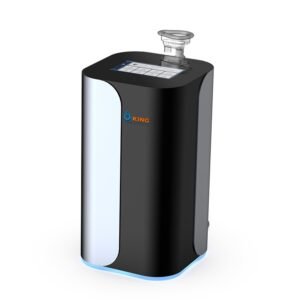
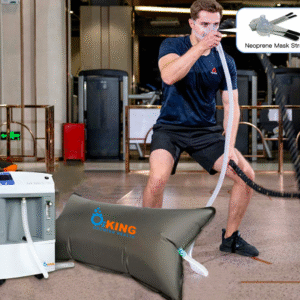
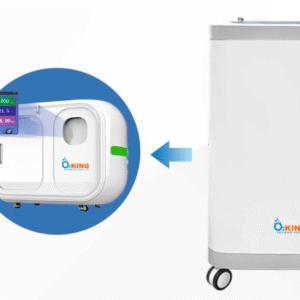
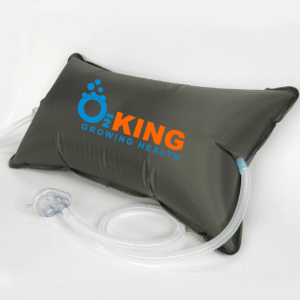
Reviews
There are no reviews yet.